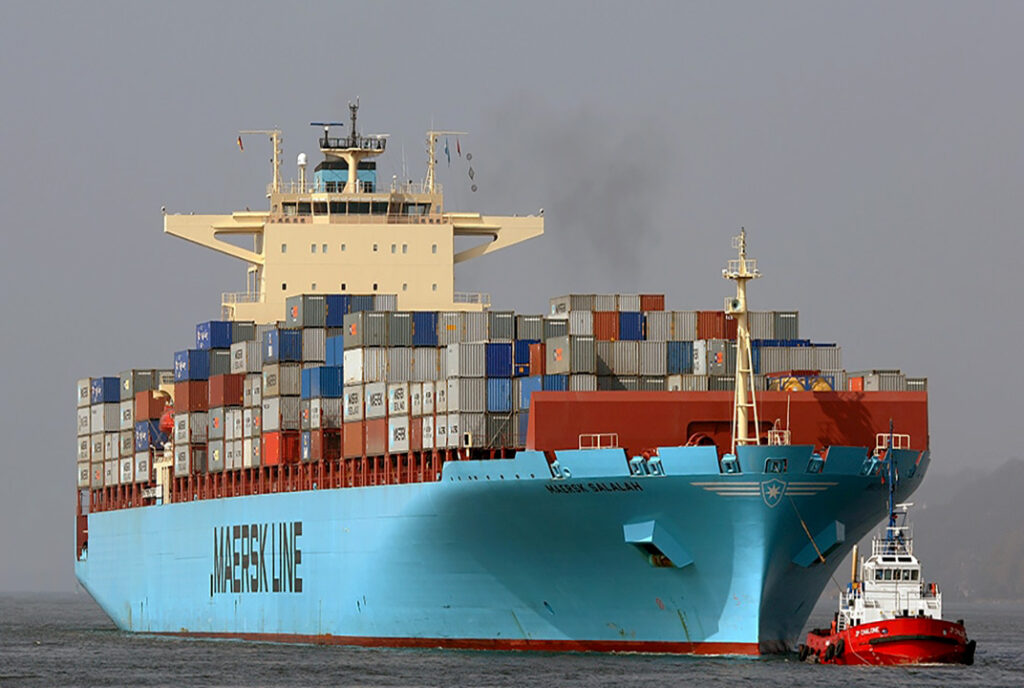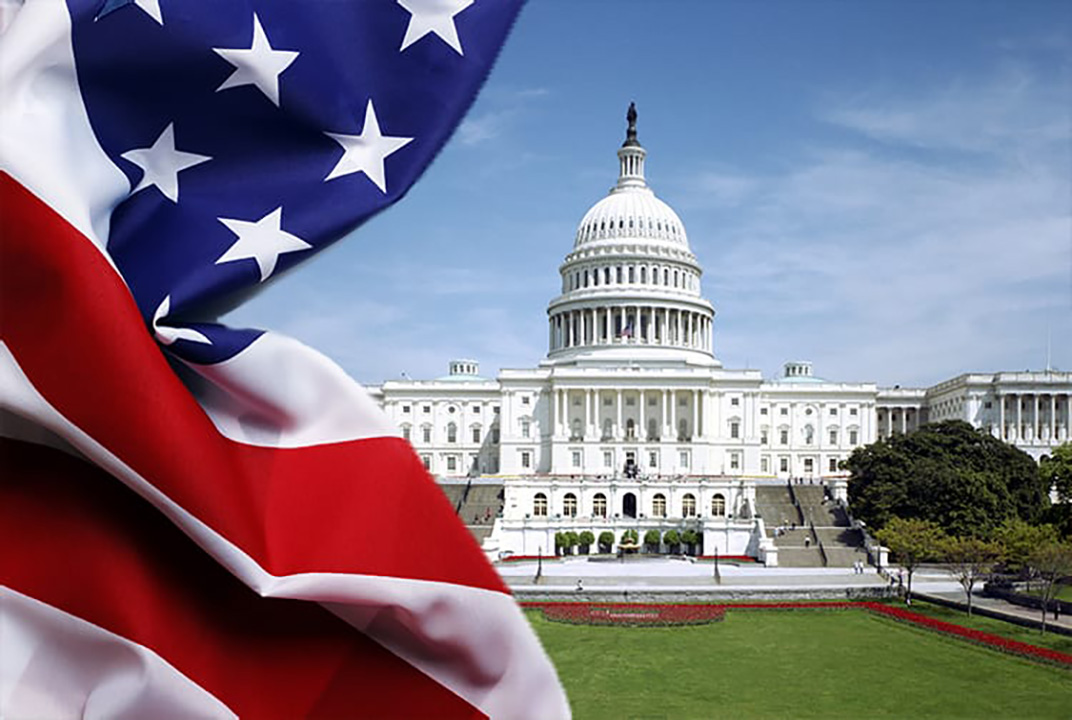WHAT IS NUCLEAR?
Nuclear energy is either stored in an atom’s nucleus and released via fission or fusion. Fission, which splits atoms, releases heat to create steam to drive turbines for electricity. Most existing nuclear plants use uranium, while plutonium and thorium are also considered. Fusion fuses atomic nuclei, turning matter into photons, and generating energy; that is what happens in stars. Fusion has the potential for limitless energy, but challenges abound, scientific and engineering. But while experiments demonstrate the potential of fusion, it is still unproven commercially.
McMaster involved in new federal government plan for small modular reactors
Canada’s SMR Action Plan, spearheaded by Seamus O’Regan Minister of Energy and Natural Resources, is being undertaken by more than 100 partners to achieve net-zero emissions by 2050. Known for its expertise, McMaster University offered to conduct an SMR Deployment Feasibility Study to explore the possibility of hosting an SMR. The study’s impacts will be assessed from safety, environmental and economic perspectives and with input from communities, businesses and Indigenous stakeholders. Its goal is to train future nuclear leaders and also to offer evidence-based recommendations, noting how SMRs could help reduce emissions and support economic growth.
CONTEXT
Most of this electricity comes from fission within OECD countries, with nuclear representing 11% of global electricity. Its high energy output, compatibility with existing power grids, and low operating costs enable base load generation. Though it releases no greenhouse gases and aligns with climate goals, it has its issues, such as high capital costs, radioactive waste and potential threats to safety. This makes fission technologies useful while they’re controversial, with political science risks highlighted by historical meltdowns.

Maritime

Aviation

